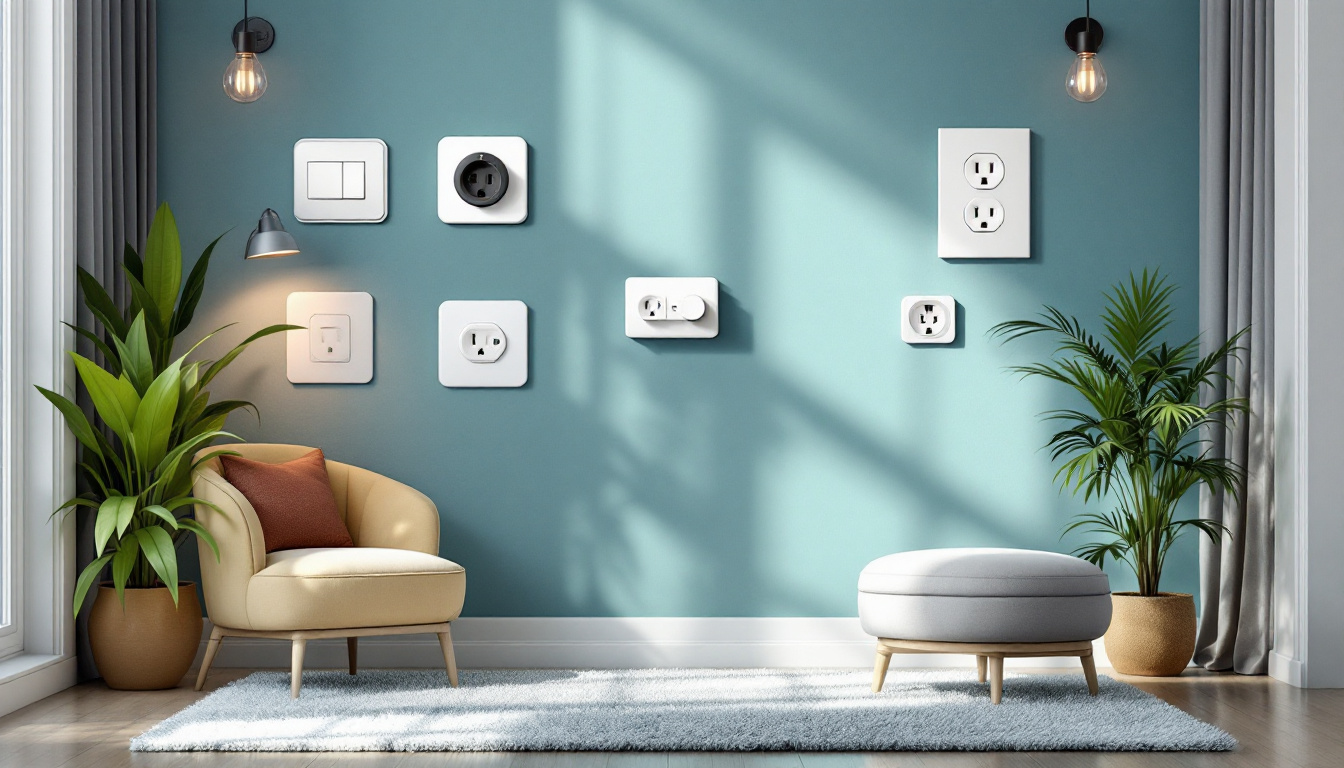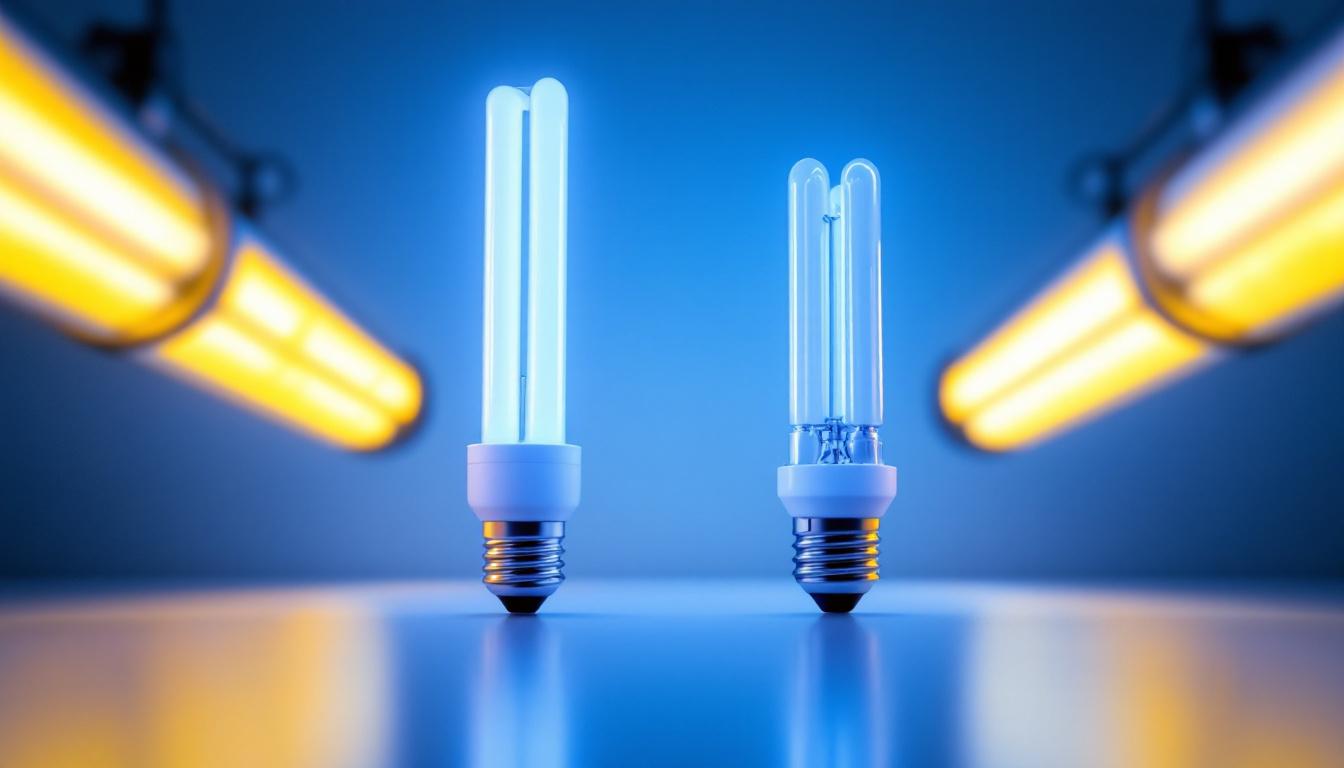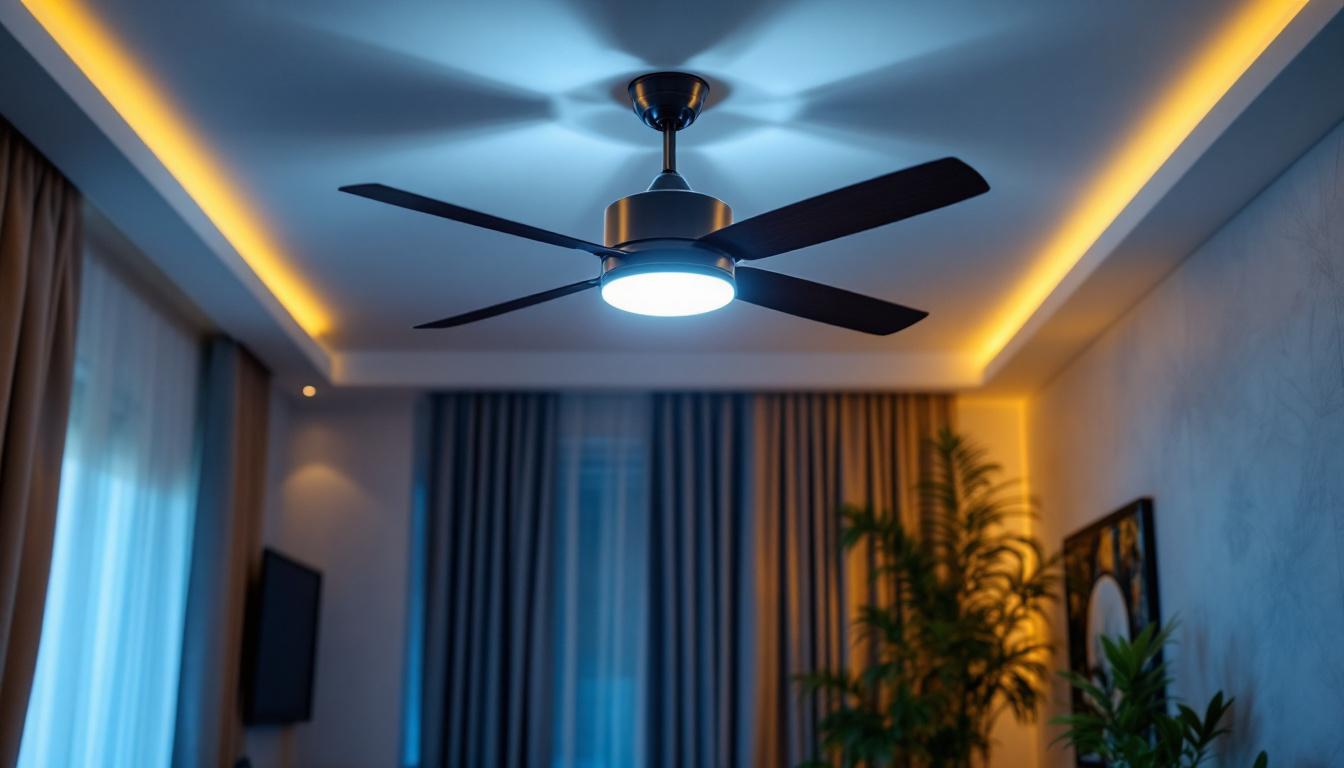
Lighting contractors often face a myriad of challenges when it comes to LED driver replacement. As the demand for energy-efficient lighting solutions continues to rise, so does the complexity of maintaining and upgrading existing systems. This article explores the various challenges faced by lighting contractors in LED driver replacement and offers practical strategies to navigate these hurdles effectively.
LED drivers are essential components in lighting systems, converting the electrical current from the power source into a form that LEDs can use. They play a critical role in ensuring the longevity and performance of LED fixtures. Understanding the function and importance of LED drivers is crucial for lighting contractors as they embark on replacement projects. Properly selected and installed LED drivers can significantly enhance energy efficiency, reduce maintenance costs, and improve the overall quality of light produced by the fixtures. As the demand for energy-efficient lighting solutions grows, the role of LED drivers becomes even more pivotal in modern lighting design.
There are two primary types of LED drivers: constant current and constant voltage. Each type serves different applications and has its own set of advantages and challenges. Constant current drivers are designed to supply a steady current to the LEDs, ensuring consistent brightness and performance. On the other hand, constant voltage drivers provide a stable voltage output, which can be beneficial for certain types of LED systems. Additionally, some advanced LED drivers feature programmable settings, allowing for dimming capabilities and the ability to adjust the output based on environmental conditions or user preferences. This flexibility can lead to enhanced user experiences and greater energy savings.
Contractors must be familiar with the specific requirements of the lighting system they are working with to select the appropriate driver. This knowledge not only aids in the replacement process but also enhances the overall efficiency of the lighting installation. Understanding the interplay between the driver and the LED load can also help in optimizing the system for specific applications, such as architectural lighting, commercial spaces, or outdoor environments. Each setting may require different driver characteristics to achieve the desired lighting effects and energy performance.
Several common issues can arise with LED drivers, including overheating, flickering, and reduced lifespan. Overheating can occur due to poor ventilation or incorrect driver selection, leading to premature failure. Flickering is often a result of incompatible drivers or poor wiring connections. Understanding these issues is essential for contractors to diagnose problems accurately and implement effective solutions. Additionally, the quality of the driver itself can significantly impact performance; low-quality drivers may not only fail sooner but can also introduce noise and instability into the lighting system.
Another issue that contractors may encounter is the phenomenon of “driver noise,” which can manifest as audible buzzing or humming sounds from the fixtures. This noise can be particularly problematic in quiet environments such as offices or residential spaces. It is often caused by the electrical components within the driver vibrating at certain frequencies. To mitigate this, contractors should consider using drivers with higher quality components that are designed to operate quietly. Furthermore, ensuring that the driver is properly mounted and secured can help reduce vibrations and associated noise, leading to a more pleasant lighting experience for end users.
Replacing LED drivers presents unique challenges that contractors must navigate. From sourcing compatible components to ensuring proper installation, each step requires careful consideration and expertise.
One of the primary challenges in LED driver replacement is sourcing compatible drivers. With a vast array of manufacturers and models available, finding the right replacement can be daunting. Contractors must not only consider the specifications of the existing driver but also the performance characteristics required for the new installation.
To overcome this challenge, it is advisable for contractors to establish relationships with reliable suppliers who can provide access to a wide range of products. Additionally, utilizing online resources and databases can help streamline the search process, ensuring that the right components are sourced efficiently.
The installation process itself can present several challenges. Ensuring that the new driver is installed correctly is crucial for optimal performance. This includes verifying that the wiring is appropriate, connections are secure, and that the driver is mounted in a suitable location to prevent overheating.
Contractors should also be aware of the potential for existing wiring to be outdated or damaged, which can complicate the installation process. Conducting a thorough inspection of the current system before replacement can help identify any issues that may need to be addressed, thus preventing delays and additional costs.
Once the new driver is installed, testing and verification are essential steps that should not be overlooked. Ensuring that the driver operates correctly and that the LED fixtures perform as expected is critical for client satisfaction. This may involve checking for flickering, verifying brightness levels, and ensuring that the system operates within the specified parameters.
Implementing a standardized testing procedure can help streamline this process and ensure consistency across projects. Documenting the results of these tests can also provide valuable insights for future installations and replacements.
To successfully navigate the challenges associated with LED driver replacement, contractors can implement several strategies that promote efficiency and effectiveness.
Investing in ongoing training and education for staff is vital. As technology evolves, staying informed about the latest advancements in LED drivers and lighting systems can significantly enhance a contractor’s ability to provide quality service. Workshops, webinars, and industry conferences are excellent avenues for gaining knowledge and sharing best practices.
Additionally, encouraging team members to pursue certifications related to LED technology can improve overall expertise and credibility. A well-informed team is better equipped to handle the complexities of LED driver replacement, leading to improved project outcomes.
Technology can play a significant role in streamlining the LED driver replacement process. Utilizing software tools for project management, inventory tracking, and customer relationship management can enhance efficiency and organization. These tools can help contractors keep track of project timelines, manage resources effectively, and maintain clear communication with clients.
Moreover, leveraging diagnostic tools and equipment can assist in troubleshooting issues with existing drivers, making it easier to identify the root cause of problems before replacement. This proactive approach can save time and resources, ultimately benefiting both the contractor and the client.
Establishing and maintaining strong relationships with clients is essential for long-term success in the lighting industry. Clear communication regarding the replacement process, potential challenges, and expected outcomes can foster trust and confidence. Providing clients with detailed explanations of the work being performed and the benefits of the new drivers can enhance their understanding and satisfaction.
Additionally, offering maintenance services post-installation can further strengthen client relationships. Regular check-ins and follow-ups can help ensure that the lighting system continues to operate effectively, leading to repeat business and referrals.
As the lighting industry continues to evolve, staying ahead of future trends in LED driver technology will be crucial for contractors. Understanding these trends can help contractors position themselves as leaders in the field and adapt to changing market demands.
The rise of smart lighting solutions is transforming the way lighting systems are designed and managed. LED drivers are increasingly being integrated with smart technology, allowing for remote control, automation, and energy management. This shift presents both opportunities and challenges for contractors, as they must become familiar with new technologies and installation practices.
Contractors who embrace smart lighting solutions can offer clients enhanced functionality and energy savings, setting themselves apart from competitors. Investing in training related to smart technology will be essential for staying relevant in this evolving landscape.
As energy efficiency regulations become more stringent, contractors must ensure that their installations comply with local and national standards. Understanding the implications of these regulations on LED driver selection and installation practices is vital for maintaining compliance and avoiding potential penalties.
Staying informed about changes in regulations and participating in advocacy efforts can help contractors navigate this complex landscape. By prioritizing energy efficiency in their projects, contractors can also appeal to environmentally conscious clients, enhancing their marketability.
Advancements in LED driver technology continue to emerge, offering improved performance, reliability, and efficiency. Innovations such as programmable drivers and advanced dimming capabilities are becoming more prevalent, providing contractors with new opportunities to enhance their installations.
Keeping abreast of these advancements will enable contractors to offer cutting-edge solutions to their clients. Engaging with manufacturers and industry experts can provide valuable insights into upcoming technologies, helping contractors stay ahead of the curve.
LED driver replacement presents a range of challenges for lighting contractors, from sourcing compatible components to ensuring proper installation and testing. By understanding the intricacies of LED drivers and implementing effective strategies, contractors can navigate these challenges successfully.
Investing in training, leveraging technology, and building strong client relationships are essential components of a successful approach to LED driver replacement. As the industry continues to evolve, staying informed about future trends and advancements will be crucial for maintaining a competitive edge.
Ultimately, by embracing these challenges and opportunities, lighting contractors can enhance their service offerings, improve client satisfaction, and position themselves as leaders in the ever-changing landscape of LED lighting technology.
Ready to tackle your next LED driver replacement project with confidence? At LumenWholesale, we provide lighting contractors like you with the highest quality, spec-grade lighting products at unbeatable wholesale prices. Say goodbye to inflated markups and hello to a vast selection of reliable, high-performance lighting essentials that meet the most rigorous industry standards. With free shipping on bulk orders, you can stock up on everything you need while enjoying the best value. Don’t let hidden fees or compromises dim your project’s success. Wholesale Lighting at the Best Value is just a click away. Partner with LumenWholesale today and illuminate your services with excellence.

Discover how choosing the right wall outlets can transform your lighting design.

Discover the key differences between T8 and T12 lamps as expert lighting contractors share their insights.

Discover how LED panel panels can revolutionize your lighting projects by offering energy efficiency, longevity, and adaptability.

Discover why choosing the right ceiling fans with lights is crucial for lighting contractors.